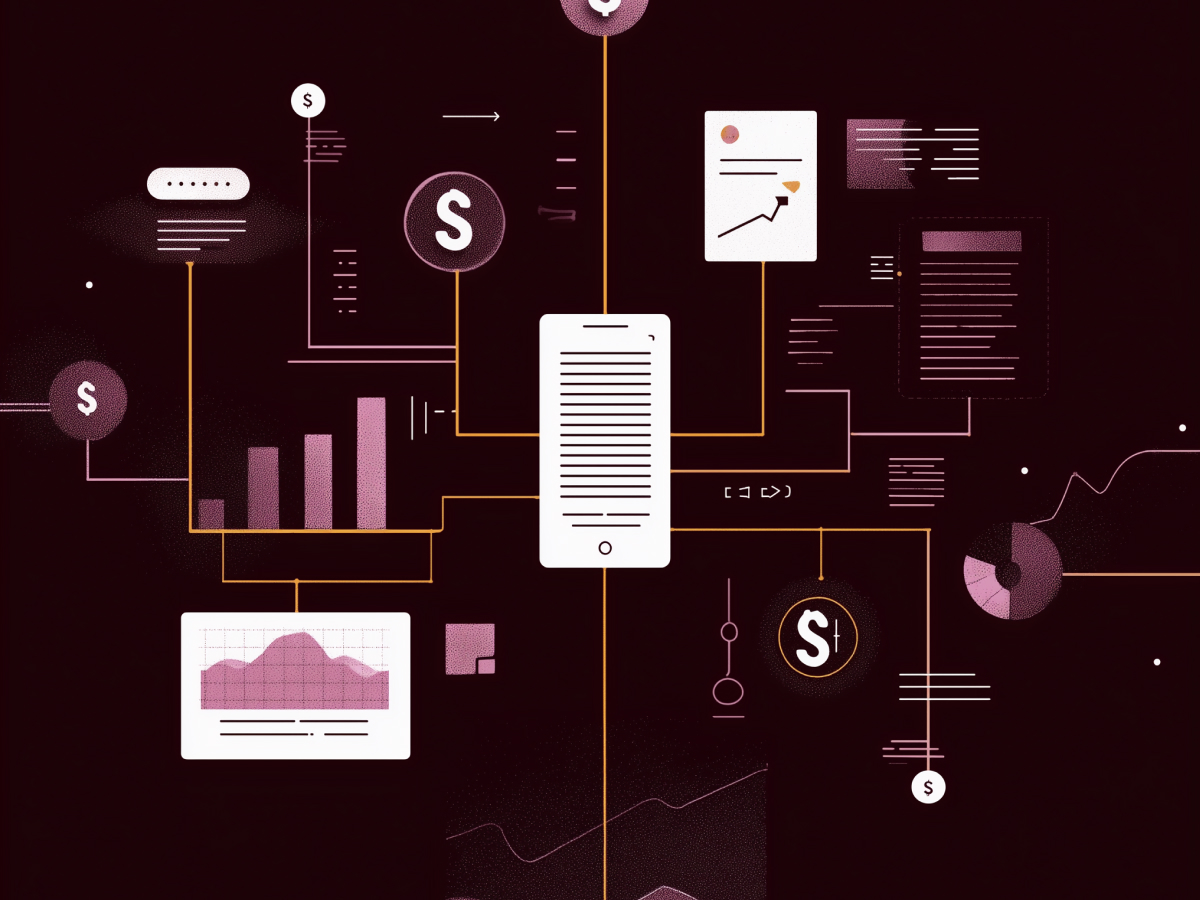Organizations often find themselves at a challenge point, deciding how to structure their operations and development methodologies. One focus in recent years has been the move from a project-centric to a product-centric approach.
Inherent flaws in project-based approach
Short-term focus
While effective in achieving short-term goals, a project-based approach often suffers from a myopic focus on immediate deliverables. Projects are defined by their end dates, and teams are under immense pressure to complete tasks within these predefined timeframes. This shortsightedness can stop an organization’s ability to think beyond the present and invest in long-term value creation.
A product-centric approach places more importance on sustained innovation and continuous improvement. Rather than being confined to the limitations of project timelines, teams are encouraged to think holistically about the product’s longevity. This change in perspective let’s organizations prioritize long-term value over immediate gains, aligning their strategies with sustainable growth and customer satisfaction.
Resource allocation challenges
Estimating team size and project duration is a challenge in the project-centric model. Frequently, these estimations fall short, resulting in resource constraints and rushed completions to meet deadlines. Such resource allocation challenges can lead to compromised product quality and frustrated teams.
In the product-centric approach, teams maintain stability and ownership over their products. This stability brings a much deeper sense of responsibility and can help mitigate resource allocation issues. With long-term ownership, teams can better plan and allocate resources, ensuring that the product’s development remains on a steady course. This approach minimizes the risk of rushed or incomplete work.
Loss of learning opportunities
Once a project concludes in a project-centric model, teams often disband, and the valuable insights gained during the project can be lost. Keeping knowledge transfer becomes challenging, and the organization may find themselves repeatedly relearning the same lessons.
In the product-centric approaches, teams maintain continuous ownership of their products. This sustained ownership guarantees knowledge and expertise are retained within the team. Lessons learned from past iterations contribute to ongoing improvements, creating a virtuous cycle of learning and refinement.
Cultural and operational shifts in product-centric approach
Sustained ownership
With the product-centric approach teams are responsible for the entire lifecycle of their products. This sense of ownership goes beyond the immediate development phase; it extends to ongoing maintenance, optimization, and innovation.
Sustained ownership brings a deeper connection between the team and the product. Team members develop a profound understanding of their product’s intricacies, its user base, and the market dynamics. This intimate knowledge means teams make informed decisions that drive continuous improvement. It also addresses the issue of technical debt, as the focus on long-term value encourages ongoing maintenance and enhancement of the underlying technology.
Iterative learning and development
In the project-centric model, projects are often executed with a linear, one-shot mentality. Once a project is completed, it’s considered finished, and the team moves on to the next endeavor. This limits opportunities for learning and adaptation.
The product-centric approach mitigates this and thrives on iteration. Teams continuously iterate on their products based on real-world feedback and changing market conditions. This iterative process is so teams can refine and improve their solutions over time, resulting in products that are more effective and aligned with customer needs.
Empowerment for innovation
In a project-centric model, the primary focus is often on delivering predefined features and meeting project milestones. Creativity and innovation can take a back seat to the rigid project plan. This can stifle the potential for new solutions.
The product-centric approach encourages innovation by looking at what’s possible, instead of what’s required. Teams are let to explore new solutions and experiment with creative ideas. They are not bound by the constraints of predefined project scopes but are encouraged to push the boundaries of what the product can achieve.
Long-term technological health
Technical debt, the accumulation of suboptimal or outdated code and technology, is a common challenge in the project-centric model. Teams are often pressured to prioritize immediate feature delivery over the long-term health of the technology stack. This can lead to a situation where technical debt accumulates, limiting future development efforts.
In the product-centric approach, teams are incentivized to consider the long-term technological implications of their work. They are responsible for the ongoing health of their products, which includes addressing technical debt as part of their regular activities. This proactive approach ensures that the product remains technologically sound, reducing the risk of costly and time-consuming reengineering efforts down the road.





